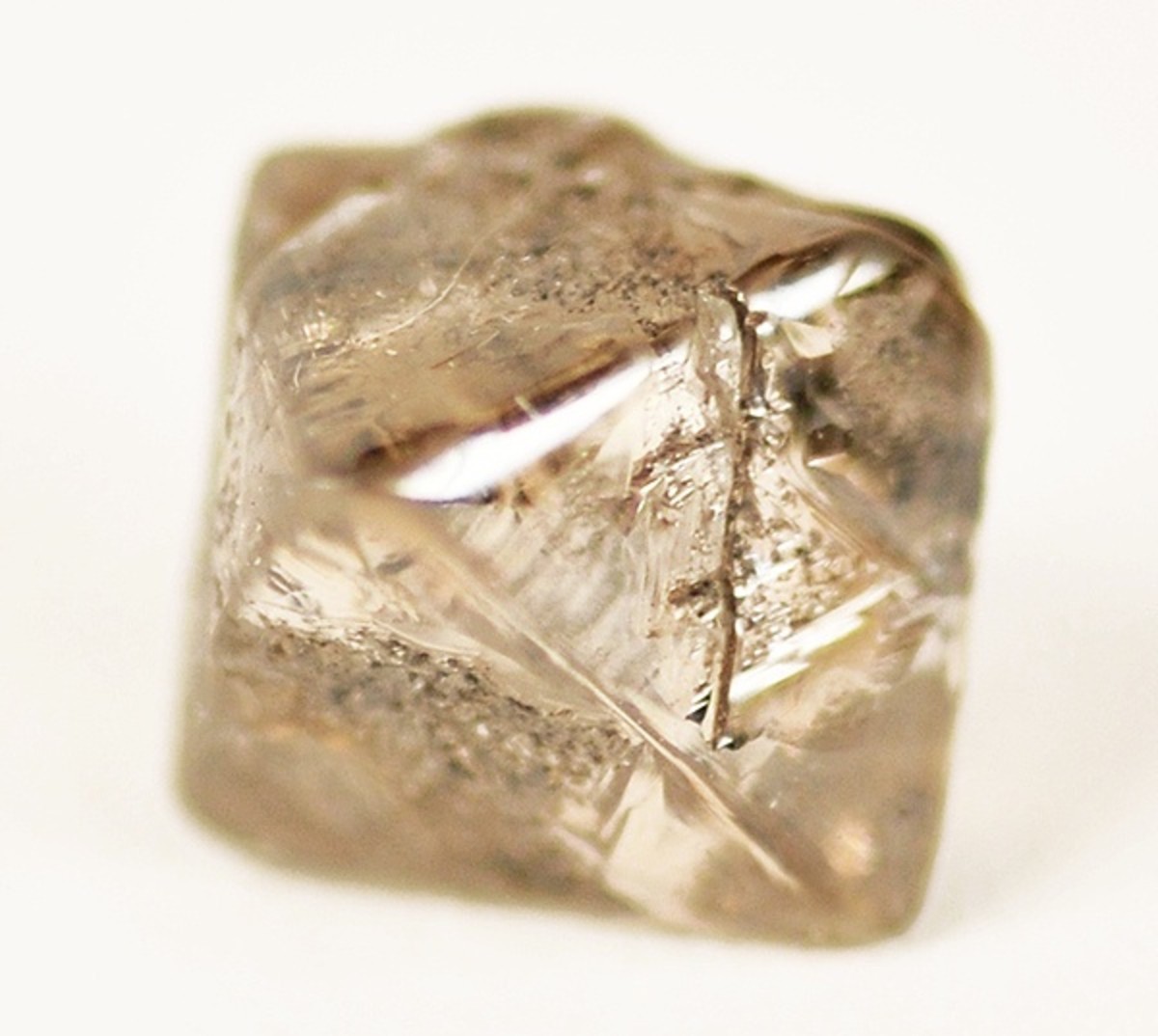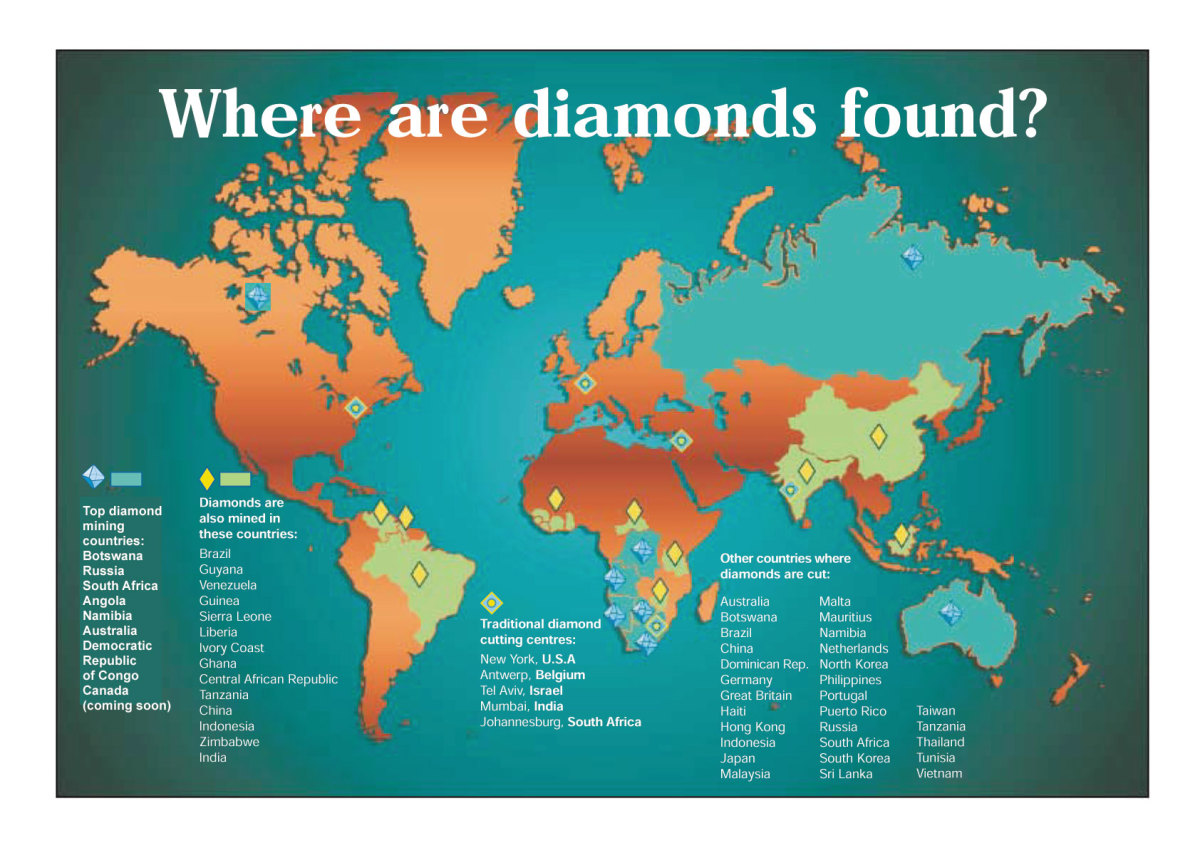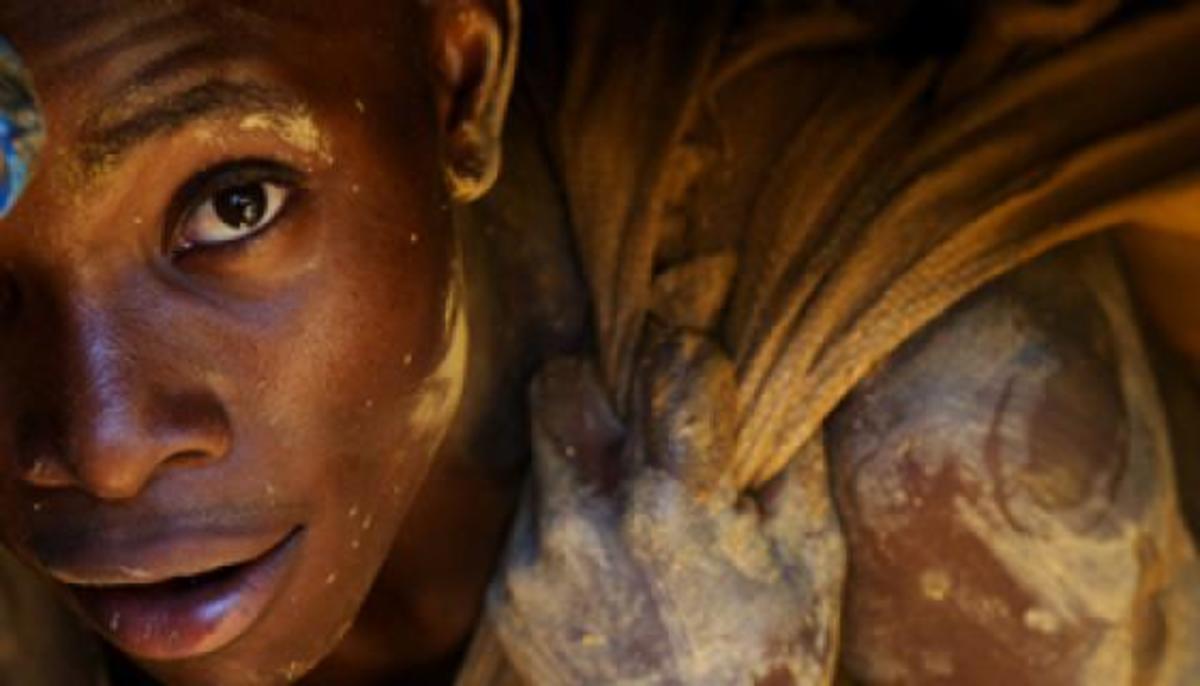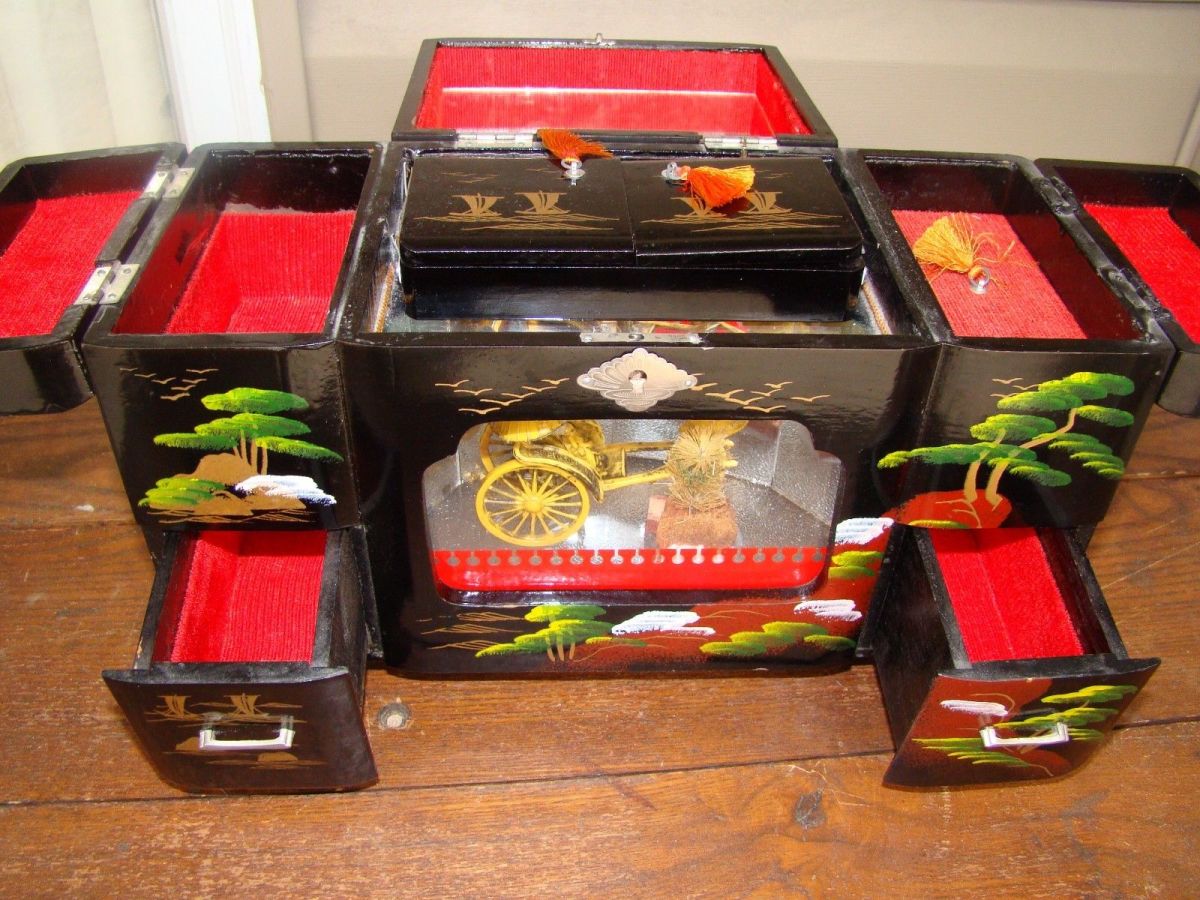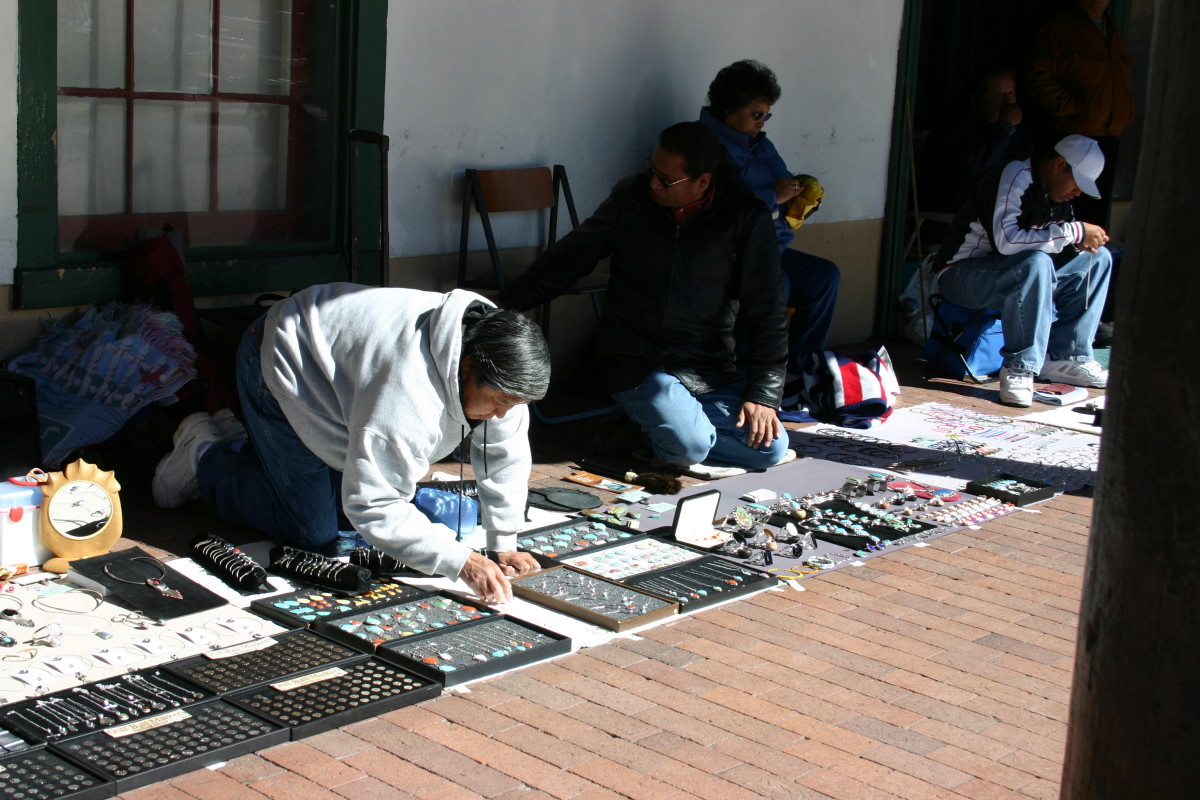What is the Hardest Known Substance
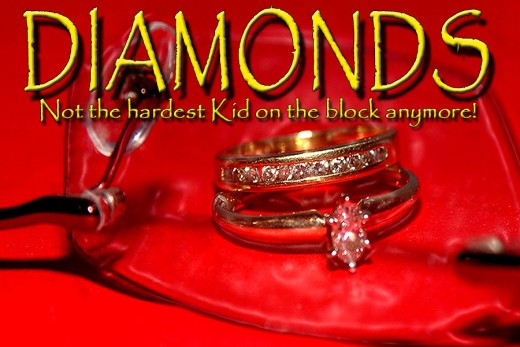
Diamonds
What's Harder Than a Diamond
Man has made nano-materials for some time now, but has yet to surpass the hardness found in Mother Nature's recipes. Relatively new substances have worked their way into our industrial stockpile, they are known as Wurtzite boron nitrate (w-BN), and a second substance called Lonsdaleite. Even as they are similar to a girl's best friend—diamonds—these natural substances are almost 20% (w-BN) and 60% (Lonsdaleite) harder! Let's take a closer look at how they get formed, and how they are used within the world market place as well as by industrial production organizations.
Where Do We Find Wurtzite Boron Nitride (w-BN) in Nature
Only small amounts of the material can be found in nature (or man made). The w-BN is formed when volcanoes erupt. But, only during super-heated eruptions. Because of the crystalline structure of the substance it can handle 18% greater stress than can a diamond. But this wasn't discovered until recently. Experiments are underway to prove the findings, and if successful, will have discovered the substance to be harder than anything else measured on earth, with the exception of its cousin, Lonsdaleite—which we will be looking at later.
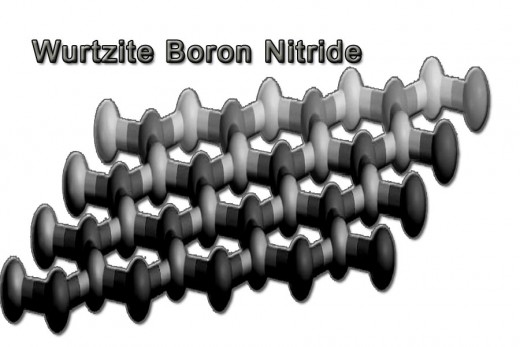
How Is Wurtzite Boron Nitride Used By Man
w-BN Gets Put to Work
The naturally hard substance w-BN is considered to be a "superabrasive" in the industrial world. Because it retains its stability in oxygen (at very high temperatures), it provides much broader applications. But, is best used when applied as the hard tip on high-temperature drilling tools.
Wurtzite Boron Nitride Has Unique Flexability
When w-BN gets stressed (under great pressure) the atomic bonds seem to re-configure themselves to relieve some of the tension (about 90% according to studies done at the University of Nevada, Las Vegas.). This brings a very unique flexibility that our favorite hard gemstone, the diamond, does not possess. Even as diamonds experience a similar change, the odd thing is that the w-BN becomes 80% stronger afterwards, whereas diamonds do not.
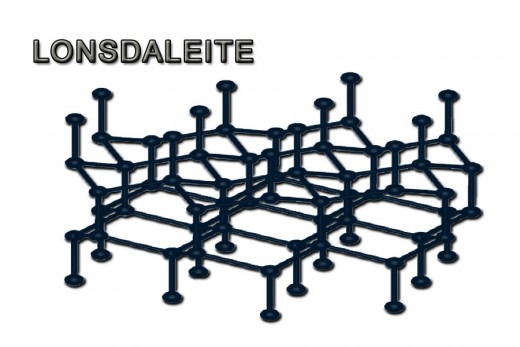
What is Lonsdaleite
Now Let's Take a Look at Lonsdaleite
In 2009 scientist discovered Lonsdaleite, calling it the "hexagonal diamond" due the fact that it is formed from carbon, similar to how a diamond gets formed. But there is a catch; even though it is made from carbon atoms like diamonds, these atoms get put together in a very different way because the lonsdaleite process requires a graphite content. The difference comes into play when this very hard substance retains the graphite's hexagonal crystal-lattice atomic configuration when it is all said and done. As with w-BN, this substance is not easily found anywhere in nature or otherwise, and is measured to be harder than w-BN, and an astonishing 58% harder than the well know diamond.
What You Think Really Does Matter
Do you think "w-BN engagement ring" or "Lonsdaleite engagement ring" sounds as romantic as "diamond engagement ring"?
Where Do We Find Lonsdaleite
As mentioned before, this hard substance is not easily found (even less so than Wurtzite Boron Nitride). Lonsdaleite is made only "occasionally" when a meteorite that has graphite properties plows into the earth, causing super-pressure and super-heat to form the substance.
Harder Than Diamonds
No matter how hard these substances have been measured to be, it seems that their rarity will surely play a significant role in just how popular they become in the jewelry industry. As it stands, our friend the sparkling bright diamond, holds the number one spot as our romantic choice. However, Wurtzite and Lonsdaleite have managed to show their dominance in the industrial fields, by drilling into the earth sustaining functionality under even the hottest and highest pressure conditions. How these new found "harder than diamond" substances will dazzle us in the jewelry world is slowly beginning to show as marketing strategies surface.
Personally, I find it hard to swoon over the concept of a w-BN engagement ring! "Diamond engagement ring" simply sings I Love You in a far more delightful way!
Carbon Allotropes Video
VREDEFORT DOME METEORITE SITE
The largest meteorite to strike earth—in 4 billion years anyway—is said to have measured between 3.1 and 6.2 miles (5 to 10 km) in diameter. It is found in South Africa's Free State Providence. It is named after a local town, Vredefort which is situated near the center of the little town. As of 2005, this crater has been added to the top of the list on UNESCO's World Heritage Sites because of its importance to geologists.1
Where Did the Vredefort Meteorite Hit (Largerst strike in 4 billion years)
Free State South Africa, is a province of South Africa. Its capital is Bloemfontein, which is also South Africa's judicial capital.
Direct hit of largest meteorite in 4 billion years is Vredefort Dome.

